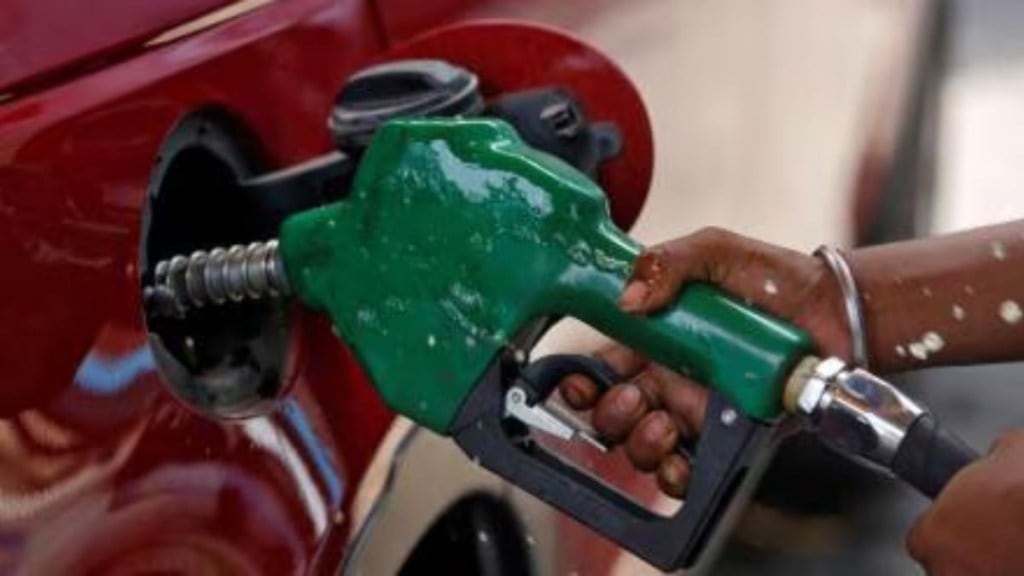After grain-based ethanol makers, the sugar industry has now asked the government to increase ethanol blending with petrol to 27% (E27) under a roadmap after achieving 20% (E20) blending so that excess capacities in manufacturing of bio-fuels could be utilised.
“With over Rs 40,000 crore invested and a production capacity exceeding 9000 million litres annually from sugarcane, we are ready to support blending beyond E20, up to E27 and higher,” Deepak Ballani, director general, Indian Sugar and Bioenergy Manufacturers Association (Isma) told FE.
He said a clear, time-bound national ethanol mobility roadmap is vital to sustain this progress, ensure better utilisation of capacity, and secure higher, stable incomes for millions of sugarcane farmers.
With the ethanol industry offering 17,760 million litres for the ethanol supply year 2025-26 (ESY) against the oil marketing companies requirement of 10,500 million litres annually, the sector is fully prepared to support ethanol blending at 27% (E27), according to Ballani.
Out of total offers, over 4710 million litres is offered from sugarcane based feedstock units and more than 13,040 million litres is offered by the grain-based ethanol makers.
“Without a defined roadmap beyond E-20 blending, production capacities could remain underutilised, leading to idle investments, reduced mill revenues, and a slowdown in future biofuel innovation,” he said. This comes after the grain-based (rice and maize) bio-fuels makers sought further hike in the ethanol blending with petrol, from the current level of 20%, and a freeze on new investment in the sector.
“Units operating at 50% of their capacities would be unavailable, as we do not produce any other products unlike the sugar industry,” Chandra Kumar Jain, president, Grain Ethanol Manufacturers Association, had stated recently. While industry has set up a capacity of manufacturing 17,000 million litres of ethanol at present, OMCs buy around 11,000-12,000 million litres annually from them.
Currently out of the total 400 ethanol manufacturers, around 250 units are grain based (rice and maize). Rest of the units manufacture ethanol from sugarcane. Isma and Indian Federation of Green Energy have also sought GST rationalisation on flex-fuel vehicles and smart hybrid vehicles, along with consumer incentives.
The incentives should be similar to those offered under the faster adoption and manufacturing of – hybrid and electric vehicles – (FAME) scheme for EVs, which would sustain the momentum of India’s ethanol revolution, the agencies stated.
The agencies said a phased, time-bound roadmap is therefore critical to provide clarity on blending milestones, vehicle adaptation standards, and ethanol diversification into advanced biofuels such as 2G/3G ethanol, sustainable aviation fuel, and green chemicals.
In 2022, under the amended National Policy on biofuels 2018, had advanced the target of 20% blending of ethanol in petrol from 2030 to ESY 2025-26.
According to an official note, the ethanol blending programme has resulted in payment to farmers of more than Rs 1.25 lakh crore from 2014-15 ESY till July 2025. In addition the programme has led to savings of more than Rs 1.44 lakh crore in terms of foreign exchange as the country imposes large quantities of crude oils.

